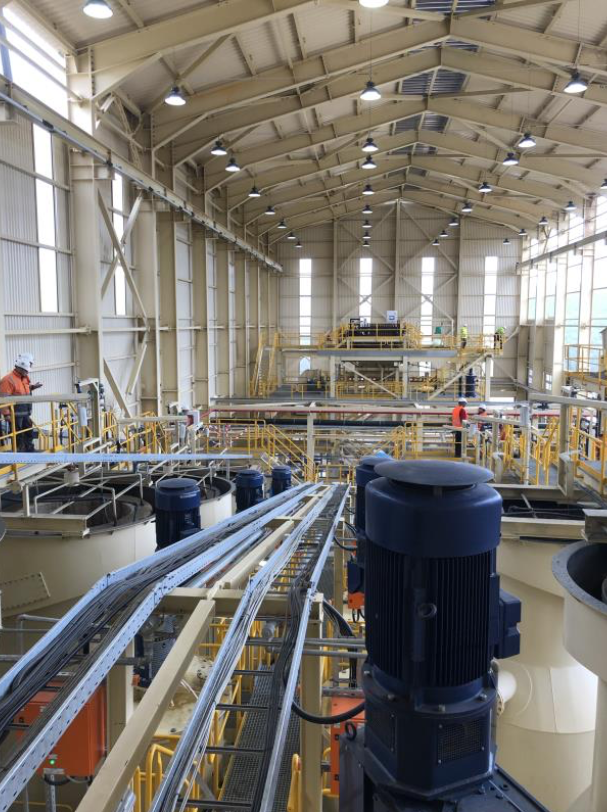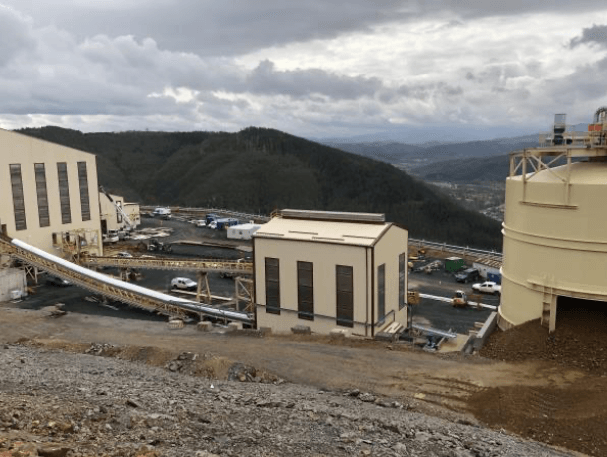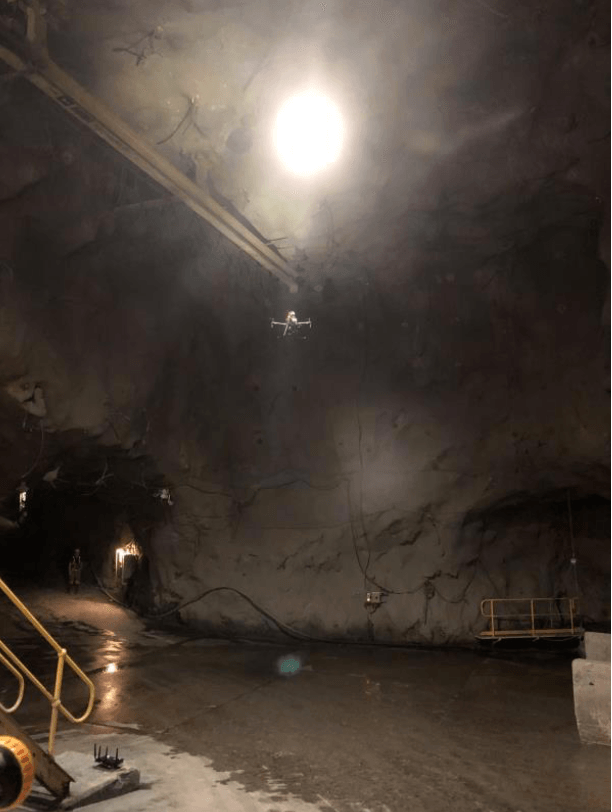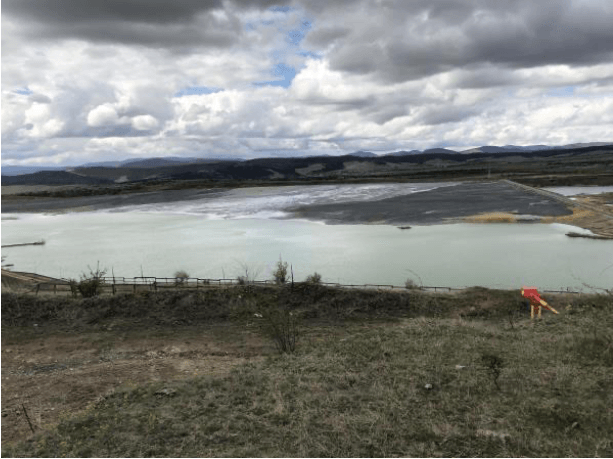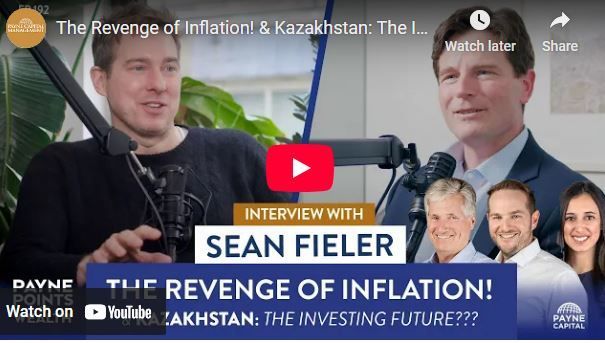Mine Visit Note: Dundee
EQUINOX PARTNERS - Precious Metals Miners
Site visit—Dundee Precious Metals
April 2019
Dates
April 11-14, 2019
Mines Visited
Krumovgrad and Chelopech
Countries Visited
Bulgaria
Analyst
Stephen Saroki
OVERVIEW
Dundee Precious Metals (DPM Canada) is a gold/copper producer
with two operating mines in Bulgaria and a smelter in Namibia. It has quality mining assets, a solid balance sheet, excellent management, and operates in reasonable jurisdictions. It is an 8% position in the SMAs.
Market Cap
$530m USD
Enterprise Value
$515m USD
EV/FCF
3.0x 2020 estimate free cash flow
P/NAV (5% discount)
0.5x
Resources
11.6m ounces of gold
EV/Resource
$45 per ounce of gold
Reserves
3.1m ounces of gold
EV/Reserves
$170 per ounce of gold
All-in-sustaining cost
$750 per ounce of gold
Thesis
With the addition of its new asset, Krumovgrad, the company will generate $175 million in FCF on a market cap of $530 million. While there will likely be ramp-up issues, just as there are with most mining assets, I expect that the management team will continue to execute just as they have done at their other mine, Chelopech. In addition, it seems that the major issues related to the Tsumeb smelter are in the past: While only generating modest free cash flows (~$10-15 million per year), Tsumeb will no longer be a capex burden. There are also opportunities for Dundee to optimize Tsumeb, allowing it to double or even potentially triple its FCF in the coming years. DPM remains very attractive, and is far too cheap not to own in size.
Trip summary
The trip was excellent. It started with a visit to Krumograd, including a visit to the integrated waste management facility and a tour of the processing facility. The next day involved a visit to Chelopech, including the smart center, the processing facility, and the underground mine. In the underground mine, there was a demonstration of how the company uses drones to survey stopes. Overall, it was well organized and informative. There was ample access to both senior management and employees at the mines.
Management and governance
From an operational perspective, Dundee has an excellent team. I was impressed by the quality of operations at both Chelopech and Krumovgrad. The consensus was that Chelopech is one of the most impressive operations in the gold mining sector. As for managements’ ability to allocate capital, that’s another story. The board’s reticence to return capital to shareholders, especially in the form of share repurchases at half of NAV, is disappointing.
Rick Howes, CEO: He is honest and a good mining engineer. He has put together good teams at both Chelopech and Krumovgrad. He is attentive to the operations, but doesn’t micromanage. He is not, however, able to coherently articulate the company’s capital allocation philosophy. He said that he was considering share repurchases at below $2 a share, but otherwise wasn’t considering them despite the fact that the company trades at 3x EV/normalized FCF (including full-year Krumovgrad production). He is good from an operational standpoint and at building mines, but he is clearly not interested in returning capital to shareholders.
David Rae, COO: He is really impressive. He comes from a smelting/processing background. He was a BHP Smelter Manager, and worked as a GM for Falconbridge. He is a trained metallurgist. He has an ability to articulate things in a simple fashion and is forthright. He is very good with his employees, and he’s the type of person that I’d nominate to boards if Dundee was a better capital allocator.
He said a few things that were particularly interesting:
When asked about the company and what it should do, he talked about how they have to acquire an asset. He said that given that one could buy ounces in the ground for $7/oz, they shouldn’t be spending any money on exploration. They should find an attractive asset and use their exploration geologists to drill it up, develop it, and put it into production. Rick disagrees with him on this. But he said that management has a healthy tension where disagreement is allowed.
When I asked him about how he started working for Dundee, he said he was on a motorcycle in Namibia riding past the Tsumeb smelter. He had heard about the smelter from Rick before. When riding past, he called Rick and told him that they shouldn’t buy the smelter. To quote him: “It’s a terrible business. Don’t ever do it.”
Iliya Garkov, VP & GM Bulgaria: He served in the Bulgarian military as a tank commander and still serves as part of the reserves. He runs a tight ship, and also seems to be well liked by those that work for him. It is a good sign that Dundee has allowed a Bulgarian to take as prominent a role. It means that they take their local commitments seriously. According to him, including retirement, Chelopech has zero turnover. He seems to have a very good working relationship with Rae as well.
Zebra Kasete, VP & Managing Director, Tsumeb: Namibian born, Zebra worked for Rio Tinto, Rossing Uranium, and Murowa Diamonds prior to his current tenure at Dundee. He was brought in at Dundee during February of 2016. In his time, the smelter’s performance has really improved. He has professionalized the operation and systematized the approach towards issues in the smelter. 2018 is the first year that the smelter generated positive FCF.
Jurisdiction
Bulgaria, while being good from a rule of law perspective, is very difficult from a permitting perspective. While Dundee has shown an ability to navigate these issues and has an excellent relationship with the governmental authorities, the time required for permitting a project can range from 7-10 years. For context, countries like Australia and Canada have permitting timelines of ~3 years and ~4 years, respectively. Even getting exploration permits in Bulgaria is a chore. The people are very salt of the earth and tend to be hardworking.
Corporate Social Responsibility (CSR)
DPM’s track record in CSR has been excellent. Virtually all (more than 95%) of their employees are local. While some of their geologists are expats, some of them are also locals. Dundee has shown its commitment to both employ and promote locals, and the locals are very happy with the approach that Dundee has taken. They have also invested in social programs in the local communities. Foremost among these programs is the Private English Language Secondary School (PELSS) in Chelopech that DPM funds. It is one of the top schools in the country. In Tsumeb, the company formed a community trust to fund local education and business initiatives.
Catalysts
DPM is ramping up Krumovgrad. As it ramps up, the resultant cash flow should rerate the company’s stock.
This asset seems like a well-oiled operation, sentiment was exceedingly positive. Several on the visit with me suggested that it is one of the best run operations they’ve ever visited. They have implemented the most technologically advanced operations in the mining space. This includes the use of Mine RP software (of which they own 78%).
Mine RP is software that integrates all of the existing, distinct programs that are used in the mining space into a single platform. It is also linked to financial data to optimize operating metrics. While it is clear that they are in the early stages of implementation, they claim that the benefits will be considerable.
Specifically, they mentioned that the Life of Mine plan would be much easier to change. According to Rick, most life of mine plans used to take 6 months to adjust. With the Mine RP system in place, he believes that one could determine most of the effects of a change in Life of Mine plan in just days. In addition, they’d be able to make decisions connected with financial results, which is not commonly what geologists or mine engineers do. In fact, he said that the decisions at a mine are commonly made in a manner that is divorced from the financial consequences, and that Mine RP is going to solve that. He also said that Mine RP technology is in the
process of being implemented by 6 or 7 other companies. It will likely be used by every mine in the world in 10 years. As far as I know, nobody in the world does this but Mine RP. While Mine RP, as a company, is currently just short of breakeven, it is getting to the point where it might start making some money, especially if it is widely adopted. DPM had ~130 companies visit them at Chelopech in 2017 to see the technology in action, and ~80 companies visit them at Chelopech in 2018. They are doing something right at Chelopech, and Mine RP should succeed as a result.
DPM uses drones to do its surveying work. Applying this to the stopes, they get far more data in a much shorter period of time. It also gives them much more accurate data. I don’t know the cost of this, and it is not clear what the benefits are, and so the cost benefit analysis is not clear yet. What is interesting is that I did get to speak in a bar on the last night with the CEO of the drone company (called Exyn) which runs propriety machine learning. He said that when his company considered the mining space, he interviewed several different mining companies. He was not only particularly impressed by Dundee, but everyone he met in the space indicated that Dundee is far and away the best in terms of technology in the mining space.
At the visit, we went to the area where they were expanding the decline, and got to see the drill rig they use for putting holes in the wall for dynamite. The process is more sophisticated than one would think. They then took us to see an area where ore was actively being drilled. They then did a demonstration of the drone and how it is used for surveying purposes. We then saw the processing facility, the tailings facility, and the central command/smart center for the mine.
Most concerning was the tailings facility, which is an upstream configuration. It looks pretty full. They are doing a lift of 10 meters in three stages (4m, 3m, 3m), which is expected to cover them for the next 16 years. Assuming a full conversion of resources, they currently have 12 years of mine life. They do believe they will expand mine life beyond 2029 (the current end of the LOM plan), and potentially beyond 12 years as well. In looking at Chelopech’s exploration prospects, they have no ability to expand at depth. All of their potential new material is coming from adjacent to where they currently mine, which is where the sublevel cave operation used to be. I expect that they will get to 12- 14 years with this material, but I don’t think it will expand much further than that.
Finally, the other really notable thing about the visit was the Smart Center. Dundee has decided to use a rolling average of the KPIs/alerts instead of using the millisecond frequency data. As a result, fewer alerts pop up so the team remains focused. In addition, they have singled out a set of 5 or so important KPIs as primary focal points.
Krumovgrad
The Krumovgrad site visit involved a distant view of the tailings/integrated waste management facility followed by a look at the processing facility. We didn’t get to go see the pit because it was raining.
The first thing that sticks out is the small footprint of Krumovgrad; it is on a hill/mountain. While it is a full mine (everything is there), it is very compact. The processing facility is quite vertical. In addition, they have already mined a month’s worth of material. This took up most of the available space.
The Krumovgrad site visit involved a distant view of the tailings/integrated waste management facility followed by a look at the processing facility. We didn’t get to go see the pit because it was raining.
The first thing that sticks out is the small footprint of Krumovgrad; it is on a hill/mountain. While it is a full mine (everything is there), it is very compact. The processing facility is quite vertical. In addition, they have already mined a month’s worth of material. This took up most of the available space.
As good a team as I think Dundee has, I suspect that the ramp will have some issues. First, I think the space will be limiting from an optimization perspective, both in terms of the grade of the ore and the efficiency at which they can move material. Second, the semi-dry stack tailings facility/integrated waste management facility will likely be difficult to manage. I think it is possible to do, but the optimizing of it will involve some trial and error. Finally, as with all processing facilities, I think it will take some time for them to get the expected recoveries, and it may take longer than one expects.
I would have hoped to be able to get a closer look at the tailings/integrated waste management facility along with getting to see the pit. I don’t think they were hiding it, but it would have been good to see the machines at work.
As for exploration at the site, I think that the chances to add significant ounces to the mine are minimal. I’m sure they could probably add 100k ounces here or there, but I don’t expect mine life to be expanded more than a few years. They are very close to a town, which makes permitting, even of exploration, very difficult. They indicated that it takes them ~3 years to get exploration permits, and so they have to decide what they want to drill years in advance. They are good at managing the permitting regime, but it still takes a long time to permit in Bulgaria.
Tsumeb Smelter
The smelter is in the best shape it has been since it was purchased by DPM. In 2018, it generated ~$10 million in FCF. It is pushing through ~240k-250k tonnes of concentrate. That is the new material that goes through the mill, the primary feed, and it represents 60% of the new material going through the mill. 40% of the material is secondary feed. This is because material inventory built up historically as they had to shut down the smelter to make improvements. As a result, secondary feed came to make up a larger portion of total feed processed. According to DPM, the secondary feed should only be at 30% (125k tonnes) of the total feed (~420k tonnes). Primary feed should make up 70%, allowing them to process ~292k tonnes. With each tonne generating $400 in revenue with $300 being profit, they can generate another ~$15 million in FCF. In addition, they’ve kept temperatures stable in their furnace, which allows the equipment to last longer. While they have historically had to re-brick their furnace every 18 months, this change has allowed them to re-brick every 24 months. As a result, they should be able to process ~10k more tonnes. At the same margin, this will allow them to generate an extra ~$3 million. So, at ~300k tonnes of throughput of primary material, the smelter should generate ~$30 million.
David Rae believes that with an extra $40m in capex, they can increase throughput in the mill to 370k tonnes, or a total of ~$50m in FCF from the smelter (~$20m additional). This would be done primarily through the addition of a holding furnace, which keeps the secondary material hot, and reduces the amount of time and energy needed to heat the material mixed with the primary feed. Tsumeb is the only smelter in the world without a furnace.
There are a few issues with this. First, it is not clear that there is any demand for it. Despite the fact that they are the only smelter in the world that processes high arsenic concentrate, there is a simple and cheap alternative for most companies. They have the concentrate processed at smelters in China where it is blended. Second, lots of high arsenic projects, due to the difficulty that arises in processing concentrate, have been discontinued. As a result, very few mines are currently producing high arsenic concentrate. The other issue, given that there is always the Chinese blending alternative, is that they have no pricing power.
According to the company, they will not spend this $40 million until they know that they have the demand. The one thing that they do say is that companies could favor them in the future because they want to know that the arsenic is dealt with correctly, and they know that DPM does that.
As for my assessment, I just think smelting is a bad business. It is high capex in an industry that is very competitive, leading to low margins. It is the opposite of what I look for in a business. While I don’t expect the smelter to be a cash drain, I’m not convinced it will be a real source of cash going forward.
Exploration
Timok
They’ve had some recent drill holes that are good and outside of their resource. They include 28m at 3.0 g/t Au from 85m, 35m at 2.0 g/t Au from 246m, and 16m at 1.7 g/t from 65 m. It is not clear what will come of these. What is clear is that the 2 million Au oz that they have on the board are low grade.
Sabina
While they aren’t exploring this project, DPM owns 10% of Sabina. Rick said that he thinks Sabina is too big, and would only do it with a JV partner.
*** END ***
*Figures and statements as of April visit. This is an internal research note written by an analyst employed by Mason Hill Advisors, LLC. It is not intended for distribution. This information was intended exclusively for the person to whom it was delivered and ought not to be distributed further. Opinions are expressed throughout this note as of the date of the note. Opinions can be wrong or can prove to be right. Investment decisions are made in part as a result of mine visits and company discussions, but not exclusively so.
Past performance is not a guarantee of future results. Any investment in a fund or managed account entails a risk of loss, including the entire amount invested. Performance is shown net of management fees, performance fee, and expenses, for each series in the consolidated managed account unless otherwise indicated. Account values are presented gross. Index returns adjusted for inception date of accounts. All performance is unaudited and based on valuations prepared by the adviser and is subject to revision. Net exposure includes short position exposure. See the End Notes on the following page for more important information regarding the performance information shown.
End Notes
THIS INFORMATION IS INTENDED EXCLUSIVELY FOR THE PERSON TO WHOM THIS WAS DELIVERED WHO IS DEEMED TO BE A PROFESSIONAL FAMILIAR WITH FINANCIAL INSTRUMENTS AND HEDGE FUND PRODUCTS IN PARTICULAR. ANY FURTHER USE BY AND/OR DELIVERY TO A THIRD PERSON IS STRICTLY PROHIBITED AND ALLOWED ONLY AFTER THE PRIOR EXPRESS WRITTEN CONSENT OF MASON HILL ADVISORS, LLC. THIS INFORMATION IS CREATED SOLELY FOR INFORMATIONAL PURPOSES WITH THE EXPRESS UNDERSTANDING THAT IT DOES NOT CONSTITUTE: (I) AN OFFER, SOLICITATION OR RECOMMENDATION TO INVEST IN A PARTICULAR INVESTMENT; (II) A MEANS BY WHICH ANY SUCH INVESTMENT MAY BE OFFERED OR SOLD; OR (III) ADVICE OR AN EXPRESSION OF OUR VIEW AS TO WHETHER A PARTICULAR INVESTMENT IS APPROPRIATE. NO SALE OF SHARES OR INTERESTS WILL BE MADE IN ANY JURISDICTION IN WHICH THE OFFER, SOLICITATION OR SALE IS NOT AUTHORIZED OR TO ANY PERSON TO WHOM IT IS UNLAWFUL TO MAKE THE OFFER, SOLICITATION OR SALE. ANY OFFERING OF SHARES OR INTERESTS BY AN INVESTMENT FUND WILL BE MADE SOLELY PURSUANT TO THE PRIVATE PLACEMENT MEMORANDUM PREPARED BY AND FOR SUCH INVESTMENT FUND AND WILL CONTAIN MATERIAL INFORMATION NOT CONTAINED IN THIS DOCUMENT. ANY DECISION TO INVEST IN ANY SHARE OR INTEREST OF ANY INVESTMENT FUND SHOULD BE MADE SOLELY IN RELIANCE UPON THE PRIVATE PLACEMENT MEMORANDUM AND ANY SUPPLEMENTAL DOCUMENTS. FURTHER, AS A CONDITION TO PROVIDING THIS INFORMATION, MASON HILL ADVISORS, LLC SHALL HAVE NO LIABILITY, DIRECT OR INDIRECT, TO ANY OTHER ENTITY ARISING FROM THE USE OF THIS INFORMATION.
THE INFORMATION PRESENTED HEREIN IS CURRENT ONLY AS OF THE PARTICULAR DATES SPECIFIED FOR SUCH INFORMATION, AND IS SUBJECT TO CHANGE IN FUTURE PERIODS WITHOUT NOTICE. THERE IS NO OBLIGATION TO UPDATE THE INFORMATION HEREIN. NONE OF THE INFORMATION CONTAINED HEREIN HAS BEEN FILED WITH THE SECURITIES AND EXCHANGE COMMISSION, ANY SECURITIES ADMINISTRATOR UNDER ANY STATE SECURITIES LAWS OR ANY OTHER GOVERNMENTAL OR SELF-REGULATORY AUTHORITY. NO GOVERNMENTAL AUTHORITY HAS PASSED ON THE MERITS OF THE OFFERING OF INTERESTS IN A FUND OR THE ADEQUACY OF THE INFORMATION CONTAINED HEREIN. ANY REPRESENTATION TO THE CONTRARY IS UNLAWFUL.
IRS CIRCULAR 230 NOTICE. TO ENSURE COMPLIANCE WITH REQUIREMENTS IMPOSED BY THE U.S. INTERNAL REVENUE SERVICE, YOU ARE HEREBY NOTIFIED THAT THE U.S. TAX INFORMATION CONTAINED HEREIN (I) IS WRITTEN IN CONNECTION WITH THE INFORMATION PROVIDED ON THE FUND AND OF THE TRANSACTIONS OR MATTERS ADDRESSED HEREIN, AND (II) IS NOT INTENDED OR WRITTEN TO BE USED, AND CANNOT BE USED BY ANY TAXPAYER, FOR THE PURPOSE OF AVOIDING TAX RELATED PENALTIES UNDER U.S. FEDERAL, STATE OR LOCAL TAX LAW. EACH TAXPAYER SHOULD SEEK ADVICE BASED ON THE TAXPAYER’S PARTICULAR CIRCUMSTANCES FROM AN INDEPENDENT TAX ADVISER.
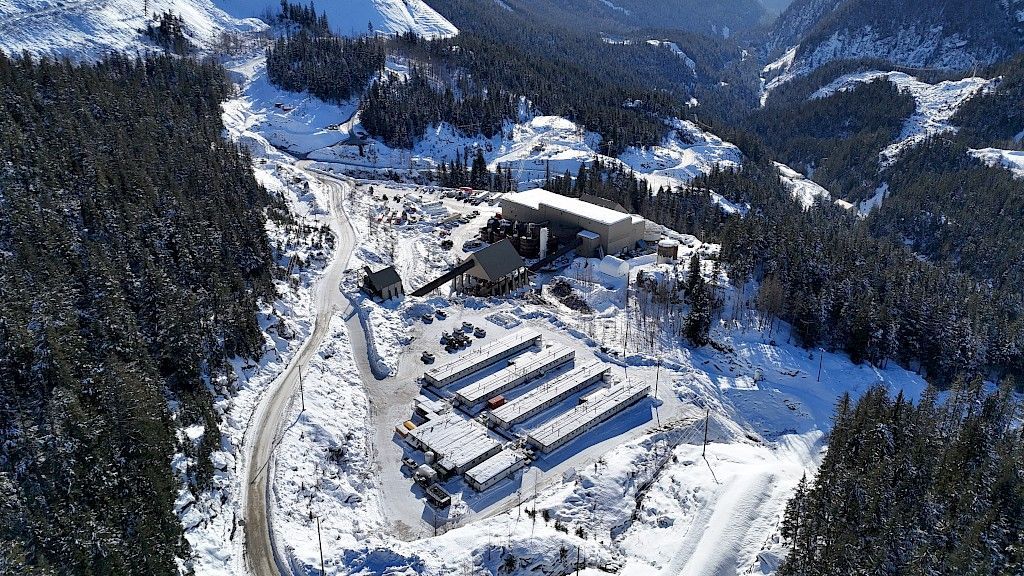
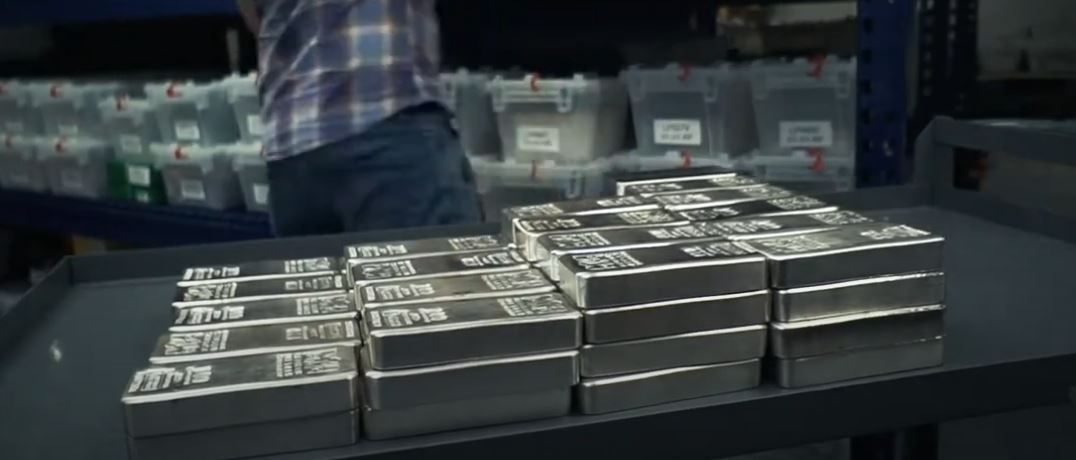
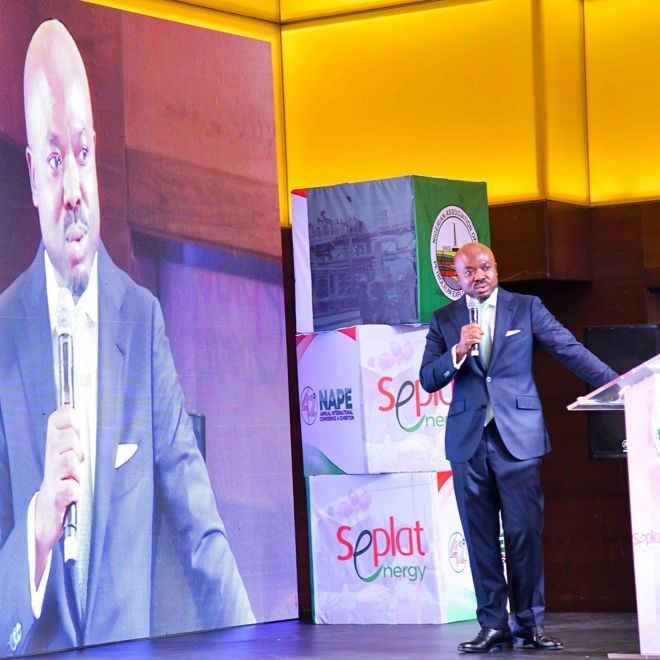
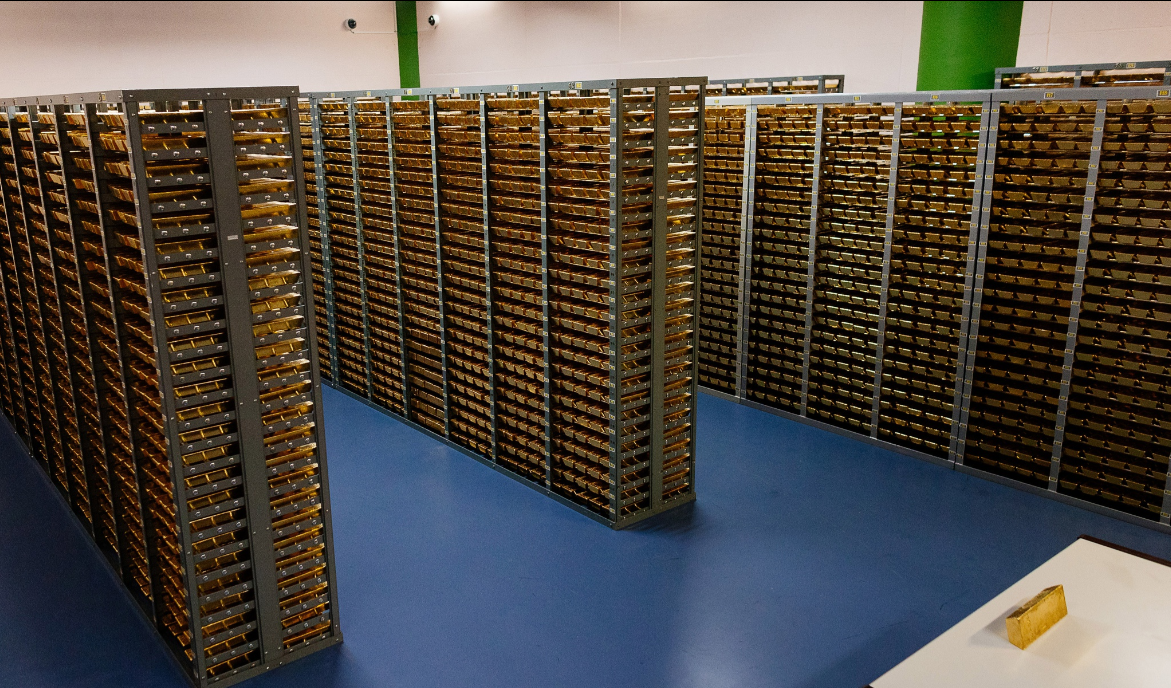
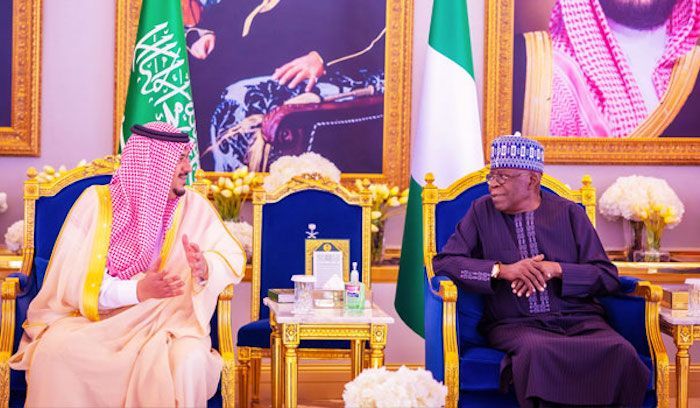

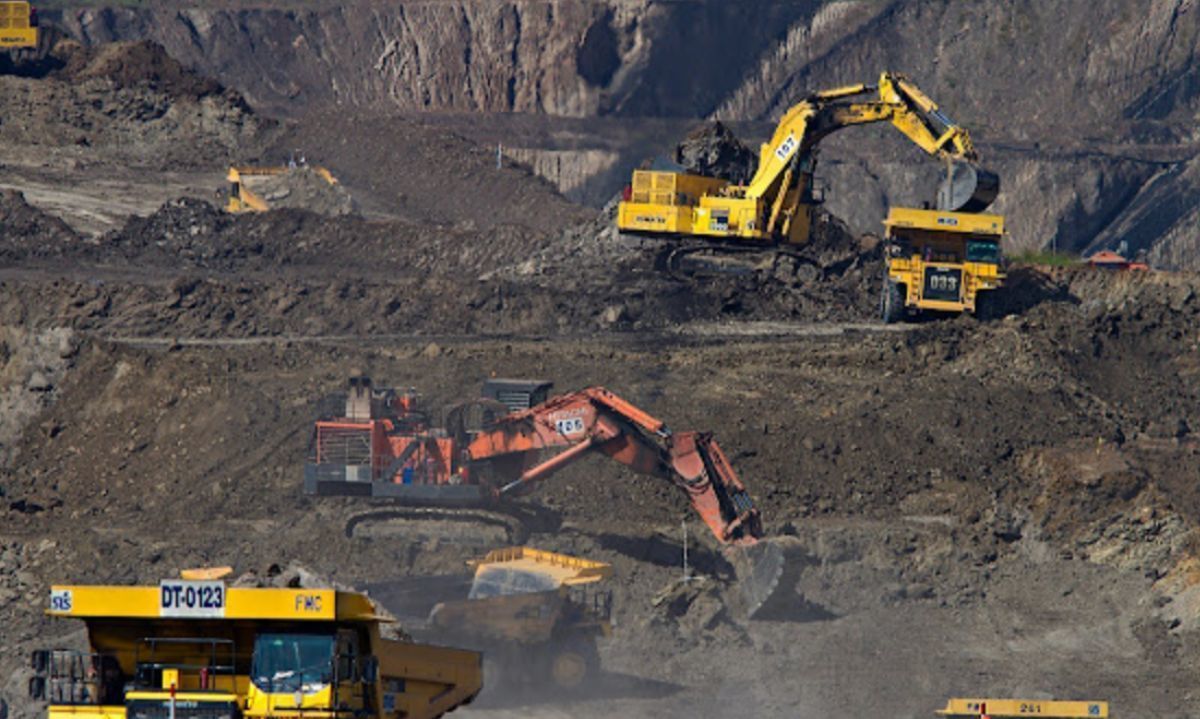
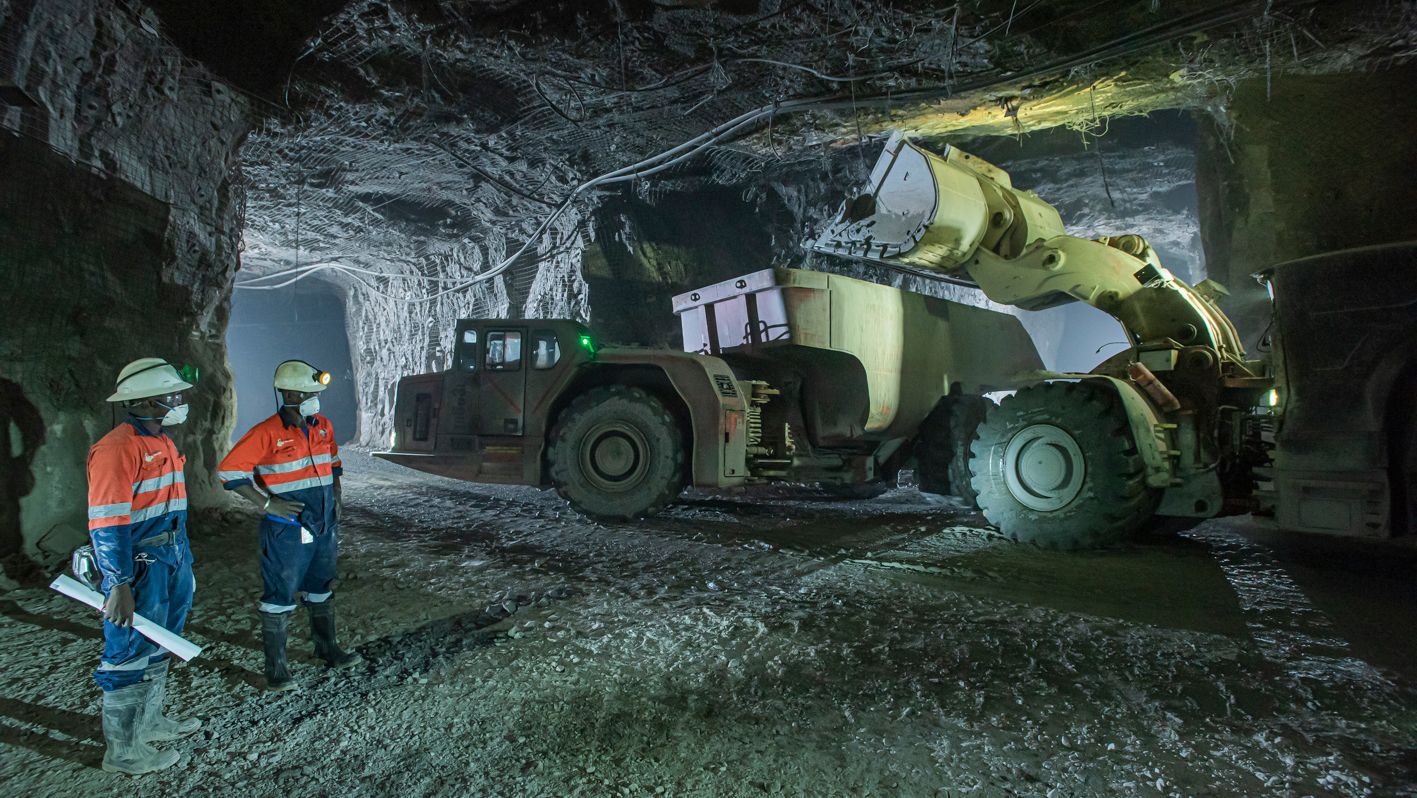
Equinox Partners Investment Management, LLC | Information as of 12.31.24 unless noted | *SEC registration does not imply a certain level of skill or training
Equinox Partners Investment Management, LLC | Site by Fix8

